Home>Technology>Home Entertainment Systems>What Year Was The Television Invented


Home Entertainment Systems
What Year Was The Television Invented
Modified: January 9, 2024
Learn about the history of home entertainment systems and the invention of the television. Find out what year the television was first created.
(Many of the links in this article redirect to a specific reviewed product. Your purchase of these products through affiliate links helps to generate commission for Storables.com, at no extra cost. Learn more)
Introduction
Television, often referred to as the "idiot box" or the "boob tube," has been an integral part of our lives for decades. It has revolutionized the way we consume information, entertain ourselves, and connect with the world. The history of television is a fascinating journey that has seen remarkable technological advancements and profound societal impacts. In this article, we will delve into the origins of television, explore its evolution, and examine its far-reaching influence on society.
Television has become a ubiquitous presence in households worldwide, serving as a window to the world and a source of endless entertainment. From the early days of black-and-white screens to the high-definition, internet-connected smart TVs of today, the evolution of television technology has been nothing short of extraordinary. Join us as we embark on a captivating exploration of the captivating history and evolution of this iconic invention.
Key Takeaways:
- Television was invented in the late 19th century, with the first fully electronic system demonstrated in 1907. The journey from mechanical to electronic systems paved the way for the modern TV era.
- Television has had a profound impact on society, serving as a source of news, entertainment, cultural exchange, and education. Its influence continues to evolve with advancements in technology.
Read more: What Year Was The Refrigerator Invented
The Early History of Television
The concept of transmitting moving images over a distance has captivated inventors and visionaries for centuries. The roots of television can be traced back to the 19th century, with pioneering work by inventors such as Paul Gottlieb Nipkow, who patented the first electromechanical television system in 1884.
One of the key milestones in the early history of television was the demonstration of the first fully electronic television system by Russian inventor Boris Rosing in 1907. This groundbreaking achievement laid the foundation for the development of modern television technology.
Throughout the early 20th century, several visionaries and engineers, including John Logie Baird and Charles Francis Jenkins, made significant contributions to the advancement of television technology. Baird, a Scottish inventor, successfully demonstrated the transmission of moving silhouette images in 1925, marking a pivotal moment in the evolution of television.
By the late 1920s, television broadcasts were becoming a reality, with experimental stations airing programming to a limited audience. The journey from the early mechanical systems to the advent of electronic television marked a period of rapid innovation and collaboration among scientists and engineers across the globe.
Despite the technological limitations and the looming challenges posed by the Great Depression and World War II, the vision of bringing television into the homes of the public persisted. The early history of television is a testament to the unwavering determination and ingenuity of the pioneers who laid the groundwork for one of the most influential inventions of the modern era.
The First Working Television
The quest to create the first working television system culminated in a series of remarkable achievements that paved the way for the modern television era. One of the most notable breakthroughs came in 1927 when Philo Farnsworth, an American inventor, successfully demonstrated the first fully functional all-electronic television system. Farnsworth’s pioneering work in electronic television laid the groundwork for the future of visual communication and entertainment.
Farnsworth’s invention utilized a technology known as the image dissector, which employed a beam of electrons to capture and transmit images. This groundbreaking development marked a significant departure from the earlier mechanical television systems, propelling television technology into a new era of electronic innovation.
Another pivotal moment in the history of television was the introduction of the first commercially available television set. In 1928, the Jenkins Television Corporation launched the Radiovisor, a mechanical television receiver that brought the magic of moving images into the homes of early adopters. While the Radiovisor and similar mechanical television sets were limited in their capabilities, they represented a leap forward in the mass distribution of visual content.
As the race to develop practical television systems intensified, numerous inventors and engineers made significant contributions to the refinement of television technology. The 1930s witnessed the emergence of electronic television sets that offered improved image quality and reliability, setting the stage for the widespread adoption of television as a primary source of entertainment and information.
The first successful transatlantic television transmission, accomplished by the BBC in 1929, further solidified the global impact of television technology. This historic milestone demonstrated the potential of television to connect people across continents and bring distant events into the living rooms of viewers around the world.
The journey to create the first working television system was a testament to human ingenuity and the relentless pursuit of innovation. The groundbreaking achievements of inventors like Philo Farnsworth and the collective efforts of visionaries and engineers laid the foundation for the television revolution that would shape the course of modern communication and entertainment.
The television was invented in 1927 by Philo Farnsworth. He was only 21 years old at the time.
The Evolution of Television Technology
The evolution of television technology has been a captivating journey marked by groundbreaking innovations and transformative advancements. From the early mechanical systems to the advent of color television and the rise of digital broadcasting, the evolution of television has mirrored the relentless march of technological progress.
Following the successful demonstration of electronic television systems in the 1920s, the 1930s witnessed significant strides in the development of television technology. The introduction of cathode ray tube (CRT) displays revolutionized the viewing experience, paving the way for the mass production of television sets that brought moving images to households across the globe.
The post-World War II era ushered in a new chapter in the evolution of television, with the introduction of color broadcasting. The launch of commercial color television sets in the 1950s marked a transformative moment in the history of visual communication, offering viewers a vivid and immersive viewing experience.
As the latter half of the 20th century unfolded, the transition from analog to digital television technology emerged as a defining trend. Digital broadcasting not only enhanced the quality of audio and video transmission but also opened the doors to interactive television services and high-definition programming.
The convergence of television and the internet in the 21st century heralded a new era of connected viewing experiences. Smart TVs equipped with internet connectivity, streaming services, and on-demand content revolutionized the way audiences consume and interact with television programming.
Furthermore, the evolution of display technologies, including the widespread adoption of flat-panel LCD and plasma screens, has redefined the visual aesthetics of television sets, offering viewers sleek and immersive viewing experiences.
Today, the evolution of television technology continues to unfold, with advancements in ultra-high-definition (UHD) and 8K displays, immersive sound technologies, and the integration of artificial intelligence shaping the future of home entertainment systems.
The evolution of television technology stands as a testament to human innovation and the enduring quest to enhance the viewing experience. From the flickering black-and-white screens of the past to the dazzling, high-definition displays of the present, television technology has continually pushed the boundaries of what is possible, captivating audiences and shaping the way we perceive the world.
The Impact of Television on Society
Television has wielded a profound and multifaceted influence on society, shaping cultural norms, redefining entertainment, and serving as a powerful medium for information dissemination. Since its inception, television has been a catalyst for social change, a mirror reflecting the collective consciousness of humanity, and a unifying force that transcends geographical boundaries.
One of the most significant impacts of television on society has been its role as a primary source of news and information. Television news programs have become essential conduits for delivering current events, shaping public opinion, and fostering informed discourse on critical issues. The immediacy and visual nature of television news have the power to galvanize public opinion and spark movements for social and political change.
Beyond its role in news dissemination, television has been a formidable agent of cultural transmission, bringing diverse perspectives, traditions, and narratives into the homes of viewers. From iconic sitcoms that reflect the fabric of society to thought-provoking documentaries that shed light on pressing global issues, television has the power to shape collective consciousness and foster empathy and understanding.
Television’s influence on popular culture cannot be overstated. The rise of celebrity culture, the impact of televised sports events, and the global reach of entertainment programs have all been instrumental in shaping societal values and aspirations. Television has the ability to inspire, entertain, and provoke introspection, serving as a conduit for shared experiences and collective storytelling.
Moreover, television has played a pivotal role in education and lifelong learning, with educational programs and documentaries offering viewers opportunities for intellectual enrichment and personal growth. From children’s programming that fosters early learning to in-depth explorations of scientific and historical subjects, television has the potential to ignite curiosity and expand knowledge.
Despite its myriad positive influences, television has also faced criticism for its potential to perpetuate stereotypes, promote consumerism, and desensitize audiences to violence and sensationalism. As such, the impact of television on society is a complex tapestry of cultural enrichment, social commentary, and ethical considerations.
As we navigate the digital age, the influence of television on society continues to evolve, with streaming platforms, on-demand content, and interactive viewing experiences reshaping the way we engage with visual media. The enduring impact of television on society serves as a testament to its enduring relevance as a medium that informs, entertains, and shapes the collective consciousness of humanity.
Read more: What Year Was Toilet Paper Invented
Conclusion
The journey through the history and evolution of television has been a captivating exploration of human ingenuity, technological innovation, and societal transformation. From its humble beginnings as a conceptual dream to its status as a ubiquitous presence in modern homes, television has left an indelible mark on the fabric of society.
The early history of television, characterized by the pioneering work of inventors and engineers, laid the groundwork for the revolutionary advancements that would shape the medium into what it is today. The transition from mechanical to electronic television systems, coupled with the introduction of color broadcasting and digital technology, represents a testament to the relentless pursuit of enhancing the viewing experience.
Television’s impact on society has been far-reaching, serving as a conduit for news, entertainment, cultural exchange, and education. The medium has the power to inform, inspire, and provoke meaningful dialogue, making it a cornerstone of modern communication and cultural expression.
As we stand at the precipice of a new era in television technology, with advancements in display quality, interactive viewing experiences, and content delivery, the future of television appears as vibrant and dynamic as ever. The integration of artificial intelligence, augmented reality, and immersive sound technologies promises to redefine the boundaries of home entertainment, offering audiences unprecedented levels of engagement and immersion.
Television’s enduring relevance and influence on society serve as a testament to its ability to adapt and evolve in tandem with the ever-changing landscape of technological innovation. As we embrace the possibilities of the digital age, the legacy of television as a medium that informs, entertains, and unites humanity remains as potent as ever.
In conclusion, the history of television is a story of visionaries, inventors, and innovators who dared to dream of a world where moving images could be captured, transmitted, and shared. The evolution of television technology and its impact on society stand as a testament to the enduring power of human creativity and the unyielding pursuit of enhancing the human experience through the magic of visual storytelling.
Frequently Asked Questions about What Year Was The Television Invented
Was this page helpful?
At Storables.com, we guarantee accurate and reliable information. Our content, validated by Expert Board Contributors, is crafted following stringent Editorial Policies. We're committed to providing you with well-researched, expert-backed insights for all your informational needs.


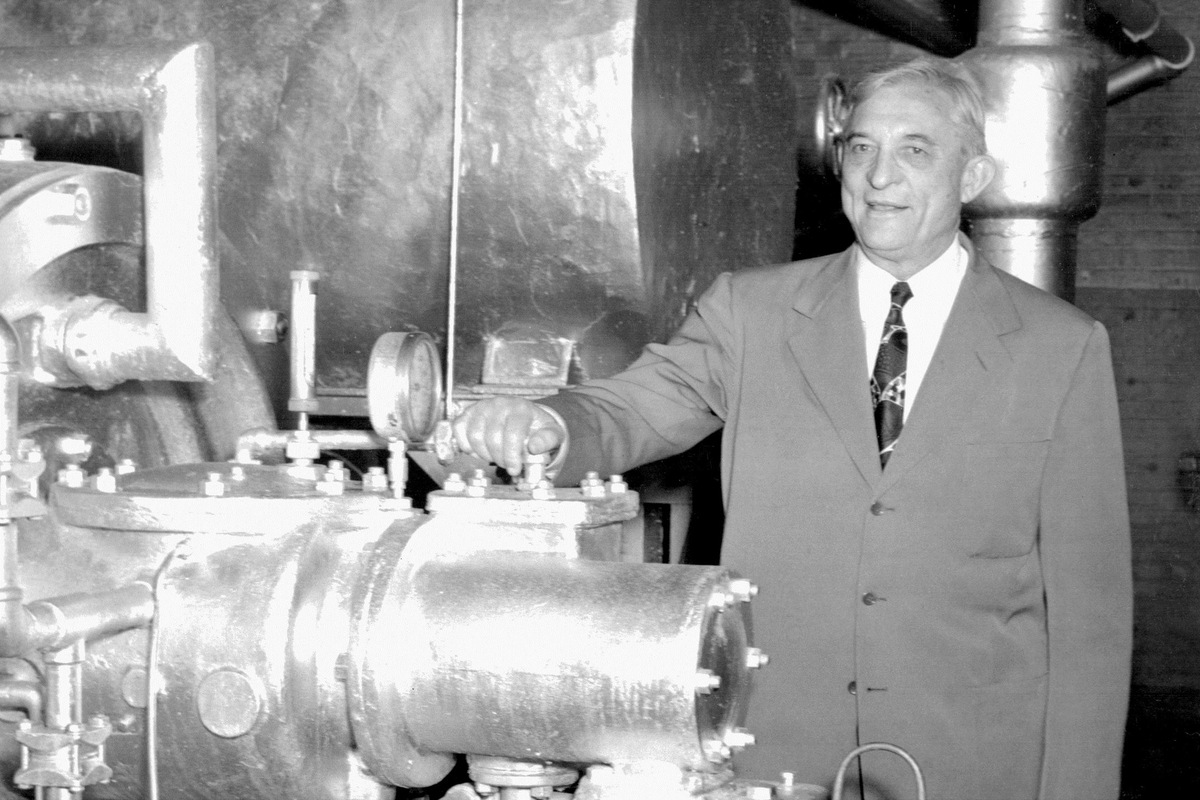

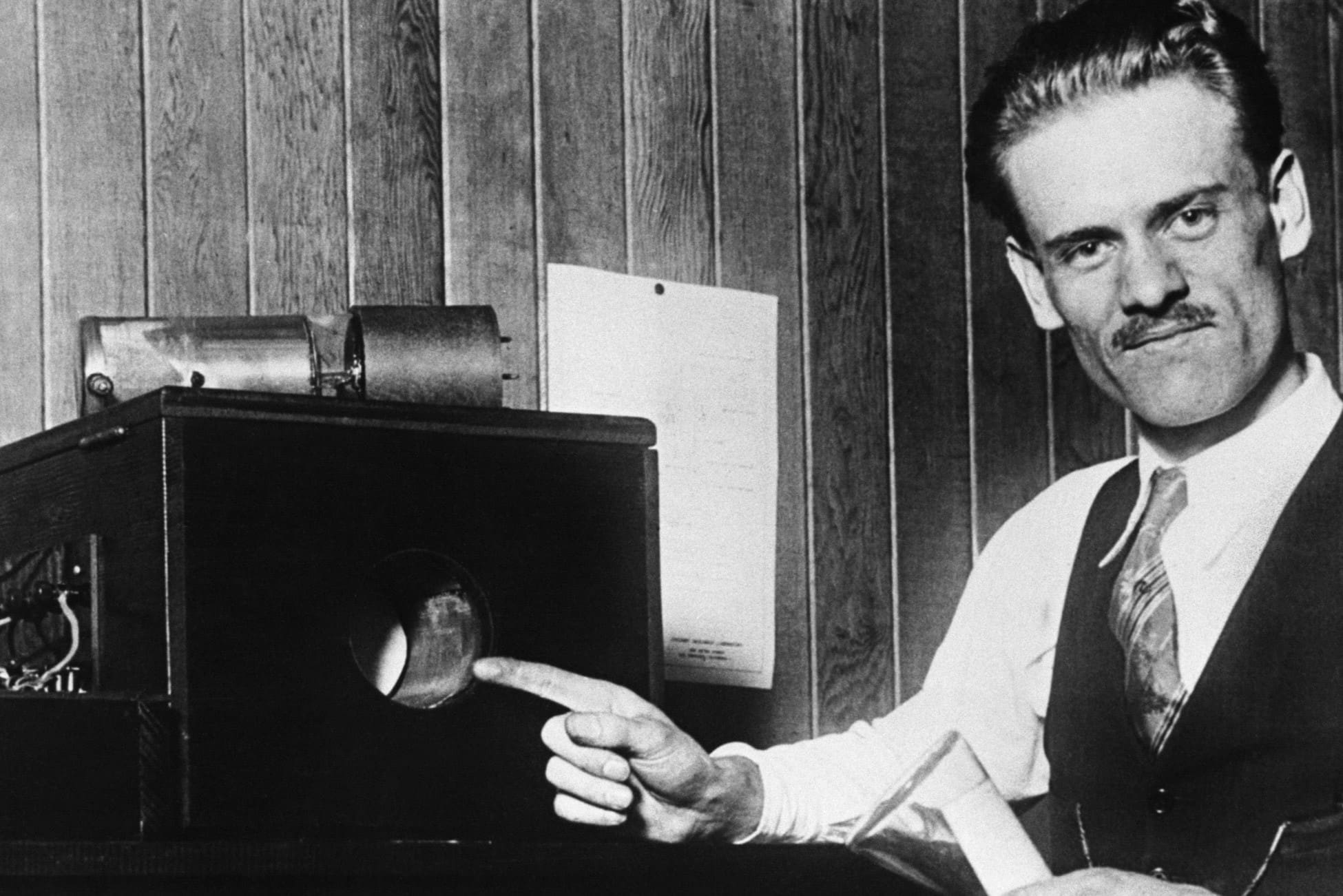

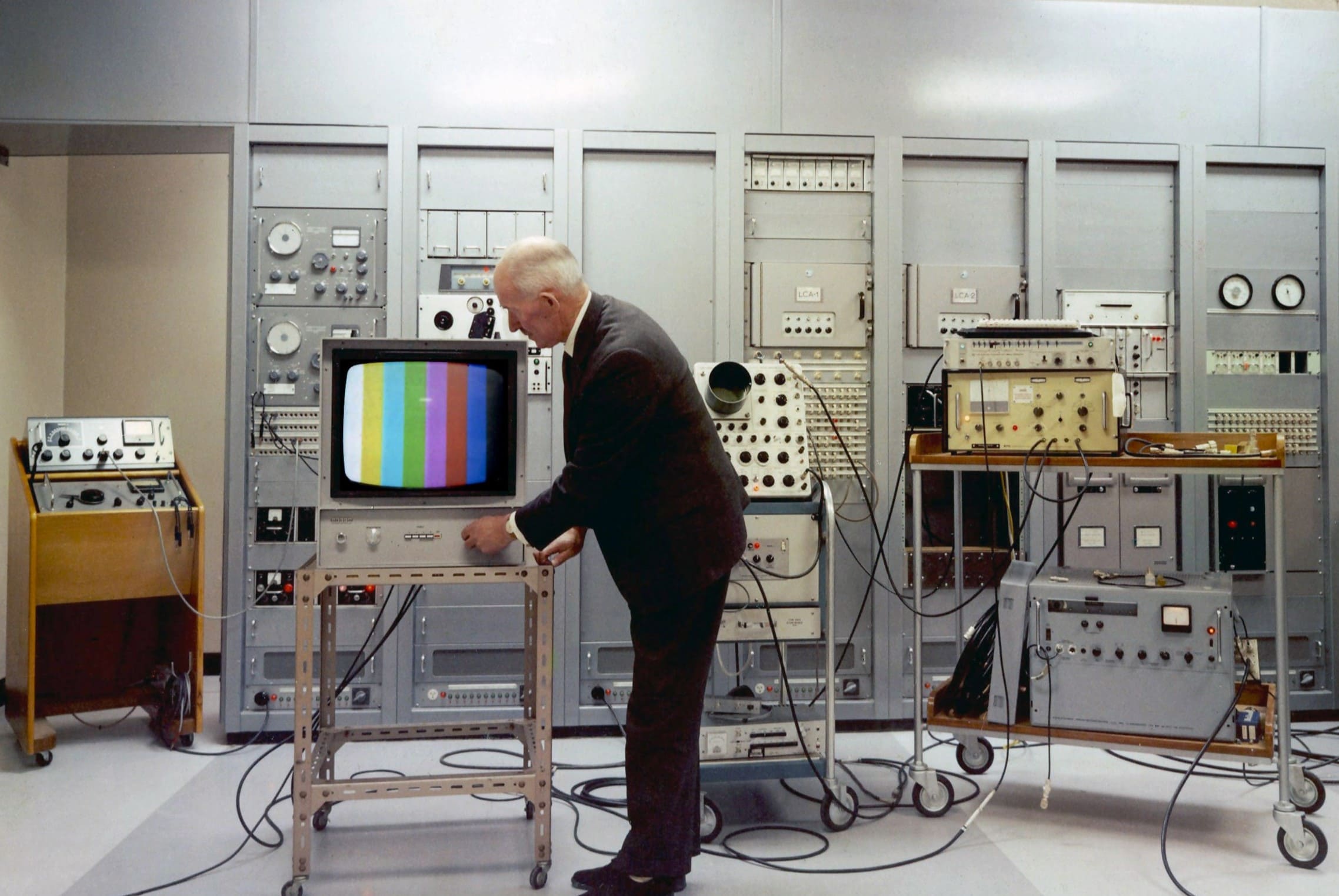
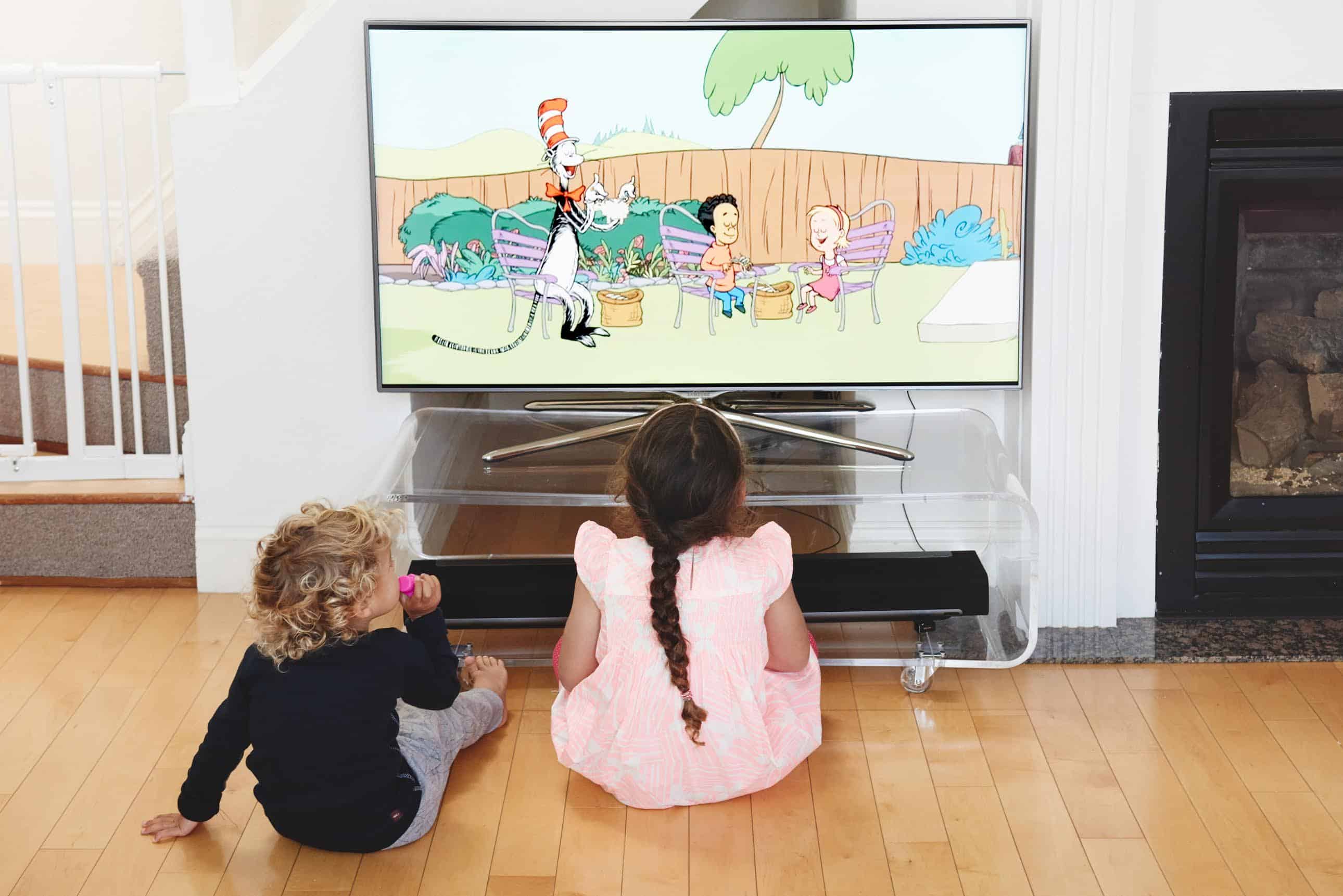

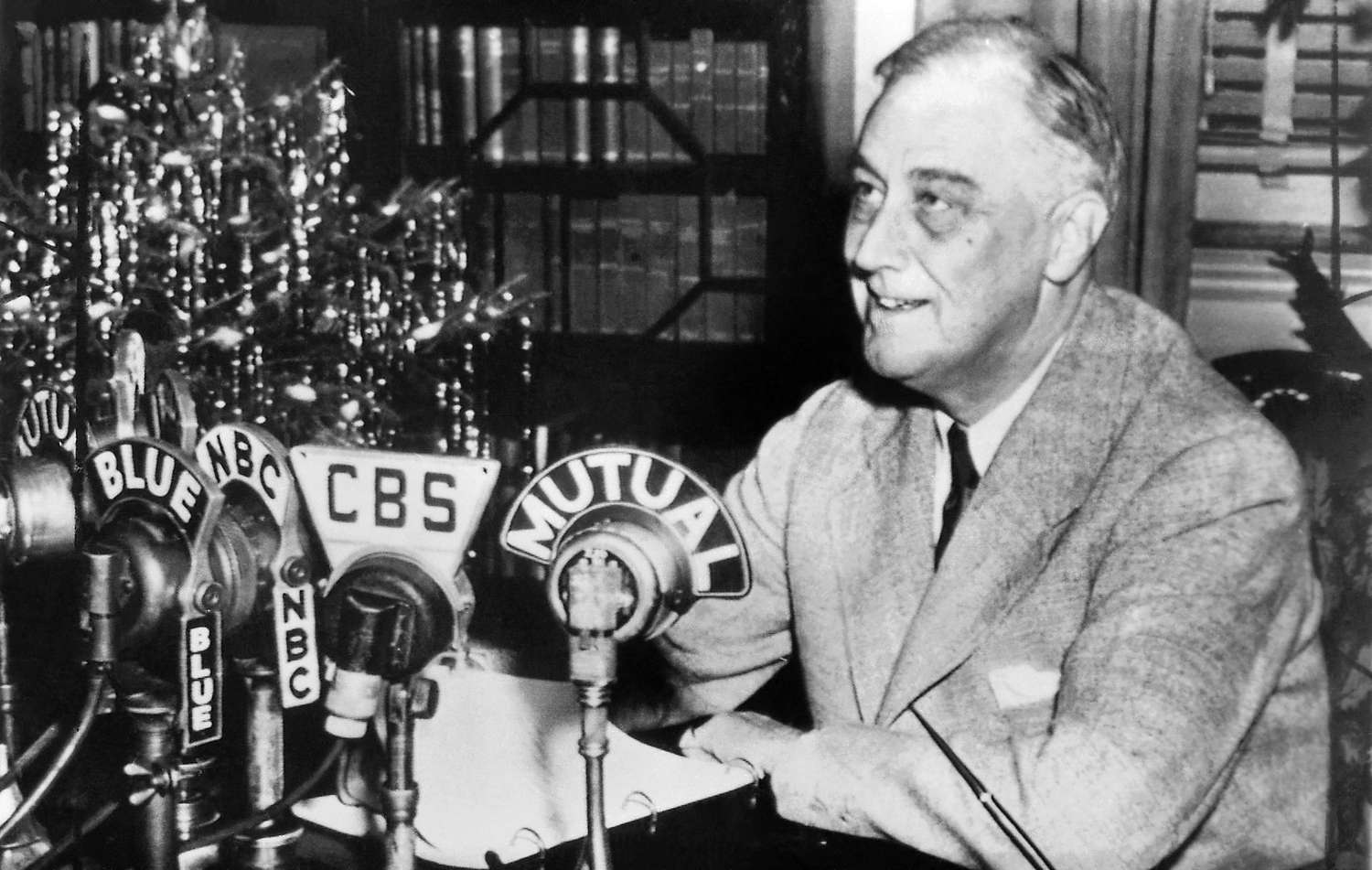



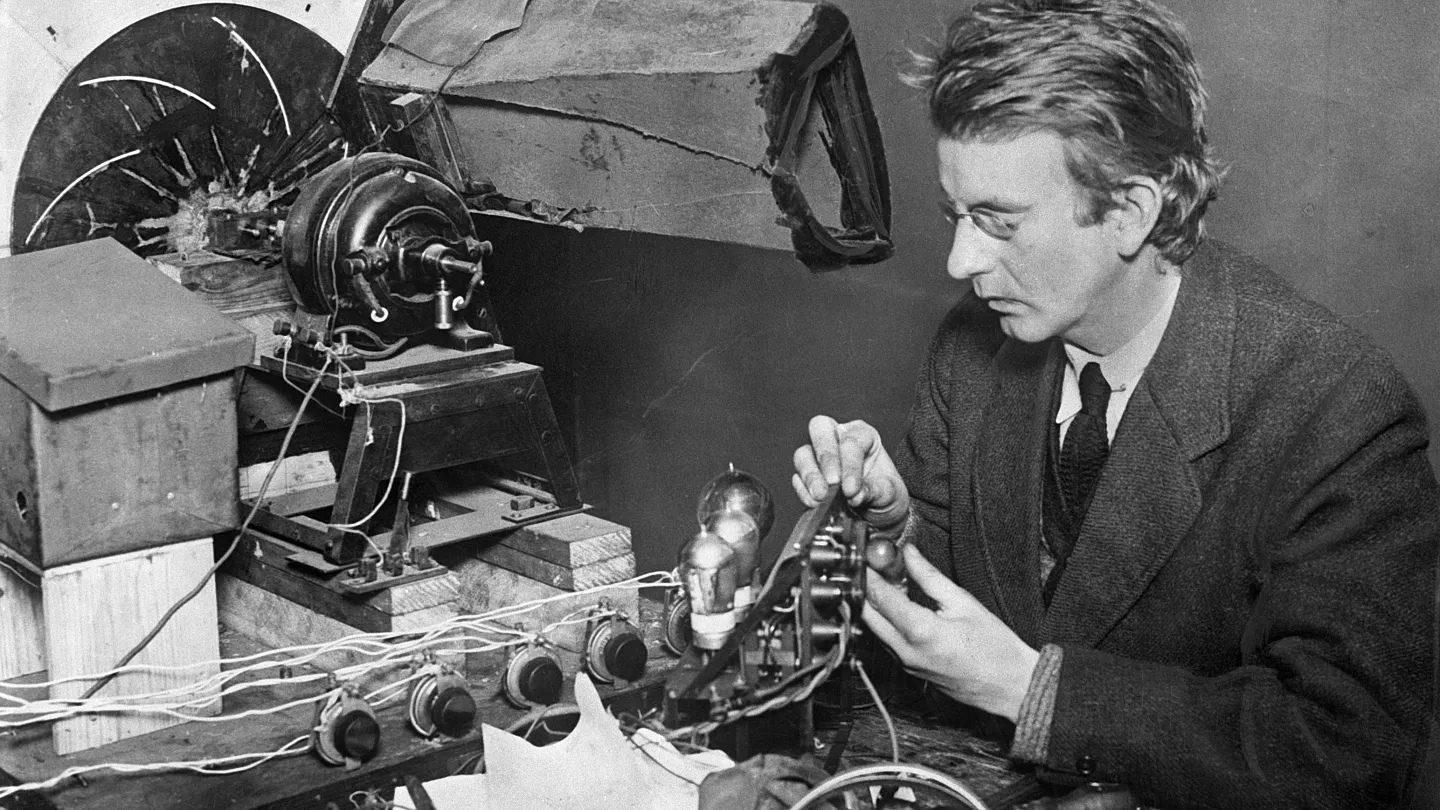

0 thoughts on “What Year Was The Television Invented”